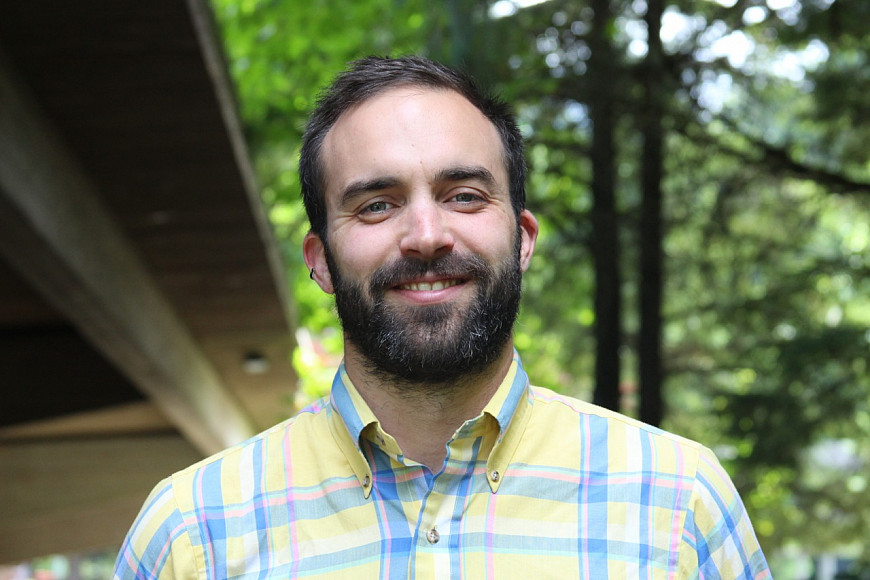GEI Submits Comments to Hawaii PUC Regarding HECO Company Plans

The Green Energy Institute submitted comments to the Hawaii Public Utilities Commission on October 6, 2014, in response to the HECO Companies’ Power Supply Improvement Plans (PSIPs) and Distributed Generation Improvement Plan (DGIP). GEI’s comments dealt specifically with the HECO Companies’ proposals to eliminate or cap participation in Hawaii’s Net Energy Metering program and to assess fixed charges for distributed generation customers.
Eliminating the Net Energy Metering Program
The HECO Companies filed their PSIPs and DGIP with the Hawaii PUC on August 26, 2014. The Companies used that platform to recommend eliminating the state’s Net Energy Metering (NEM) program. In their DGIP, the Companies asserted that “[t]he need to provide retail compensation for DG no longer exists,” arguing that utility-scale PV projects can be built at rates below the retail cost of electricity. The Companies further stated that “the intent of the NEM program at its inception, in combination with federal and state incentives, was to nurture a developing technology and industry, because the cost to self-generate clean renewable energy was prohibitive.” Based on those conclusions, the HECO Companies sought to eliminate or limit the scope of Hawaii’s NEM program.
Citing inequities in cost allocation among customer classes, the Companies first recommended a “Gross Export Purchase” model, which would effectively replace the net-metering regime with a feed-in tariff for DG customers at rates nearer to the wholesale price of electricity. In response to that proposal, GEI noted in our comments that the legislature created the NEM program by statute, and that the Hawaii PUC therefore lacks the authority to abolish the program by adopting the Companies pricing model. We recommended that the Hawaii PUC require the HECO Companies to provide alternative proposals to address those perceived cost allocation issues.
The HECO Companies’ second proposal involved the Hawaii PUC capping participation in the state’s NEM program, which they have the authority to do under the net metering statute. However, in 2008, stakeholders—including the Governor of Hawaii, consumer advocates, and the HECO Companies—signed an energy agreement providing, among other things, that there should be no system-wide caps on net metering. GEI pointed out that even if the Hawaii PUC has the authority to reinstate caps on the NEM program, doing so would conflict with the energy agreement, and thus would constitute bad policy on the part of the PUC.
Assessing Fixed Charges
As I discussed in an earlier post, the HECO Companies also envisioned adopting fixed charges to address some of the cost allocation issues associated with distributed generation. In their PSIPs, the Companies assess the bill impacts of fixed charges in the amounts of $55 for all customers and an additional $16 for DG customers. In our comments, GEI warned the PUC about the potential impacts that fixed charges would have on conservation and customer retention.
First, GEI pointed out that the adoption of fixed charges would lower the volumetric price of power. That reduced cost per kilowatt-hour may then obscure price signals to use less electricity. Second, GEI noted that high fixed charges for DG customers—like those used in the HECO Companies’ PSIPs—could create an economic incentive for customer grid defection. That defection would only serve to heighten cost allocation issues, by reducing the utilities’ customer pools without substantially reducing their operating expenses. GEI then urged the Hawaii PUC to consider all the benefits that DG customers provide to the system in future ratemaking proceedings, including the rate benefits to other utility customers discussed above, as well as avoided transmission and distribution costs, and environmental and societal benefits resulting from the use of carbon-free, clean resources.
Conclusion
Hawaii is the first state to take concrete steps towards a new paradigm in electricity regulation, and has therefore become something of a laboratory for the “Utility 2.0” reforms expected eventually to sweep the country. GEI supports the Hawaii PUC’s efforts to reform the electricity sector to reflect emerging trends; our comments reflect our desire to ensure that those reforms continue to provide customers with the choice to economically install and operate distributed generation systems.
The Hawaii PUC is currently reviewing the HECO Companies’ PSIPs and DGIP, as well as the public comments on those plans, pending further action on the matter.
More Green Energy Institute Stories

GEI Highlights the Best of 2024

Funding Building Decarbonization: Policy Options for Local Governments in Oregon
Green Energy is located in Wood Hall on the Law Campus.
email gei@lclark.edu
Director
Carra Sahler
Green Energy
Lewis & Clark Law School
10101 S. Terwilliger Boulevard MSC
Portland OR 97219